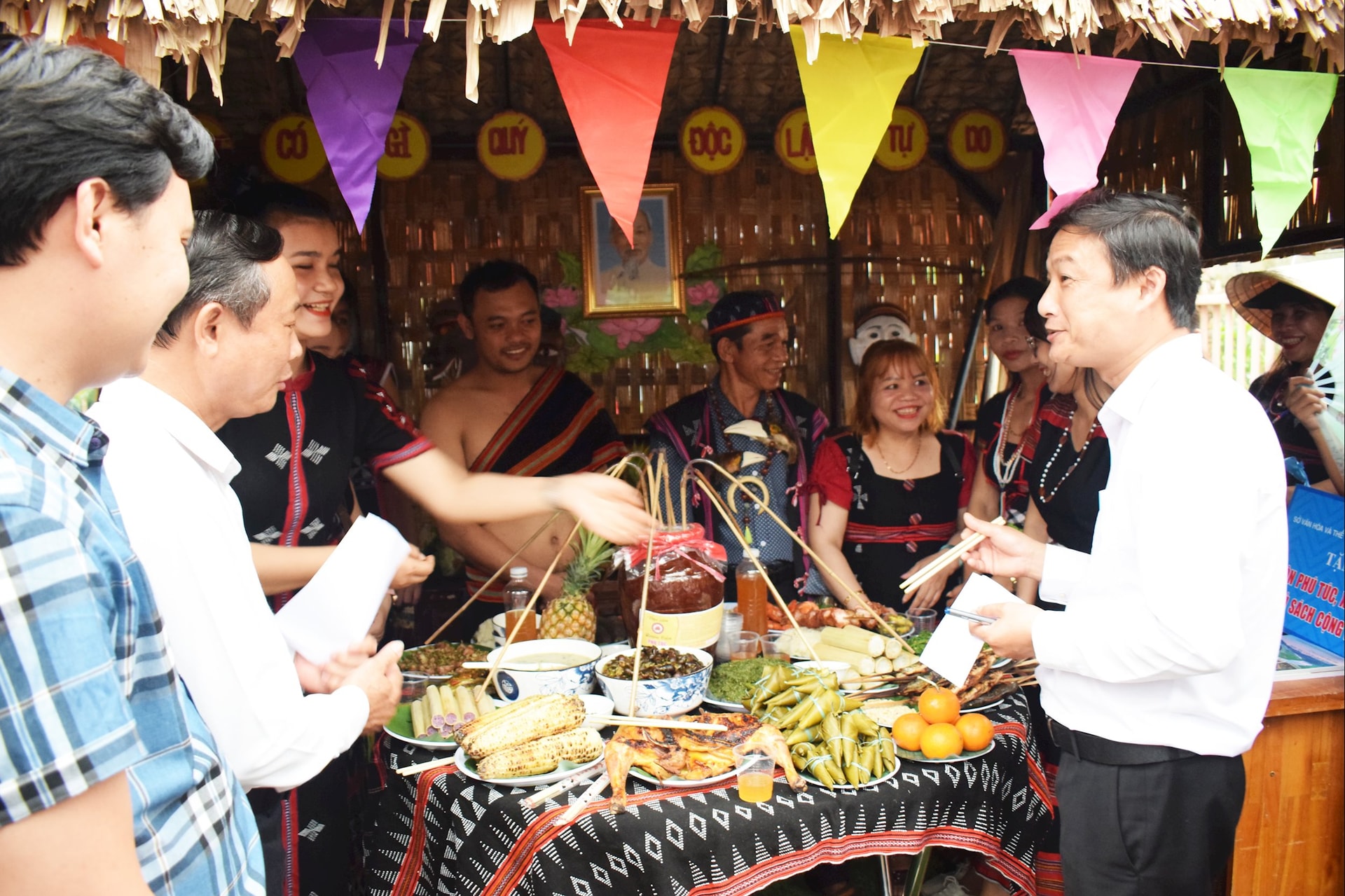
Find traditional flavors from local ingredients
It can be seen that cuisine not only serves nutritional needs but is also the crystallization of history, culture, spirituality and regional identity. After the merger, the opportunity to develop folk cuisine of Da Nang city is more open, from here, culinary quintessence becomes a unique tourism product, meeting the tastes of international visitors.
Recently, tourists coming to eco- tourism areas in Hoa Bac commune (now Hai Van ward) have shown their preference for local dishes such as wild vegetables, grilled chicken, stream snails, bamboo rice and banana stem dishes cooked with eel or pork leg... prepared by locals. Ms. Le Thi Thu Ha, founder of Ta Lang - Gian Bi Community Tourism Cooperative, said that compared to Hoa Bac, farms in Hoa Phong, Hoa Phu, Hoa Ninh (old)... have equally beautiful scenery, but tourists like to come here because there are many delicious dishes.
Ms. Ha is planning with the Da Nang City Culinary Culture Association to build the Hoa Bac culinary brand by creating a local raw material area and forming the Hoa Bac Culinary Club.
Building a local culinary brand is also seasonal, for example, for wild vegetables, there is a season for fern, bamboo shoots, bananas, etc. From bamboo shoots, many delicious dishes can be made such as mixed bamboo shoots, pickled bamboo shoots, boiled bamboo shoots, etc. to serve tourists. "The orientation is very important to help people grow crops and plants that are suitable for the weather, such as choosing to grow short-term crops for low-lying areas that are often flooded, thereby maintaining a stable supply and ensuring output for farmers," Ms. Ha shared.
With the advantage of being a large urban center of Da Nang city, the folk culinary heritage will reach a large number of tourists, from tours of the old town, exploring the heritage culinary village, hands-on experiences at craft villages to cooking classes for international guests. This is a golden opportunity to position the brand and enhance the value of local products, expand creative space, and blend tradition and modernity.
The highlight of Da Nang cuisine is the traditional craft villages such as Tra Que, Cu Lao Cham, Nam O, Dai Loc... which not only ensure the quality of ingredients but also shape the identity and enhance the value of local dishes. However, the wave of modernization, the trend of imported cuisine, the rapid urbanization rate and changes in consumer habits have significantly affected the preservation and development of indigenous folk culinary culture.

Building local culinary brands
To develop and preserve indigenous folk cuisine, Ms. Le Thi Dieu Mi, a member of the City Folk Arts Association, said that the city needs to build fixed streets and food markets; integrate spaces for experiencing folk music, chef performances, and virtual reality about the history of dishes. In addition, establish a hierarchy of "culinary heritage points" from restaurants, sidewalks to raw material craft villages, and synchronize brand identity.
In addition to the typical dishes that are known to tourists, Da Nang city needs to pay attention to learning and preserving some rustic dishes inherent in this land to contribute to enriching the local folk cuisine such as: cassava, sweet soup, yellow pancake, sweet soup, duck blood...
Deploying product lines from Cao Lau, packaged Quang noodles, green bean cakes, jams, specialty dried cakes, nem tre according to safety standards... for convenience when bringing back as gifts or exporting.
In addition, support the development of young culinary startups and artisans to implement the “Food Hub” model to both preserve secrets and create new presentations, diversify the menu, and meet modern tastes. In particular, encourage community projects; each commune and ward organizes the establishment of a club of young artisans and chefs as advisors, organizes competitions to create traditional dishes, and designs identification sets for local culinary dishes.
With the desire to create a unique culinary identity of Da Nang, the City's Culinary Culture Association in collaboration with Grab Vietnam (Grab) organized the announcement and awarding of the "Famous Restaurant" Award to 68 local restaurants and eateries.
Mr. Ly Dinh Quan, Chairman of the Da Nang City Culinary Culture Association, acknowledged that currently, restaurants still have a lot of work to do such as protecting their brands, operational capacity, management organization, food hygiene and safety, long-term development strategies, etc. Therefore, the association will continue to support and help entrepreneurs develop to new heights. "Current culinary business models are still rudimentary and traditional, requiring professional, modern technology and human resources... to build value chains to build the Da Nang culinary brand," Mr. Quan emphasized.
In addition to coordinating with the Department of Culture, Sports and Tourism and the Department of Science and Technology to register intellectual property and trademarks for restaurants; coordinating with universities to train human resources, in the near future, the association will implement a project to develop special areas of Da Nang culinary culture, the first of which is the An Thuong culinary area with about 28 stalls, including 8 Da Nang culinary stalls and 20 stalls of cuisine from 3 regions.
This culinary area will have an experience space when organizing activities such as demo cooking, connecting and transferring indigenous cultural models and food tours to learn about local cultural dishes, thereby training chefs of indigenous cultural dishes. In addition, there will be mini shows to promote local culture such as Co Tu culinary culture, Cham culinary culture and integrating culinary experience stories.
Source: https://baodanang.vn/nang-tam-gia-tri-am-thuc-ban-dia-3309496.html










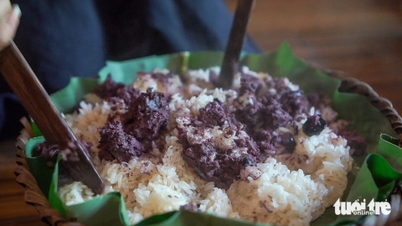

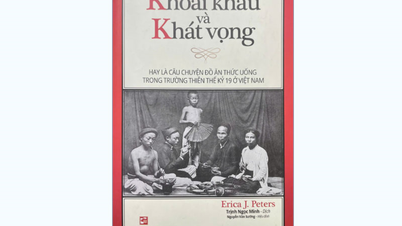

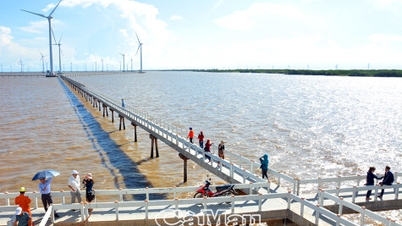
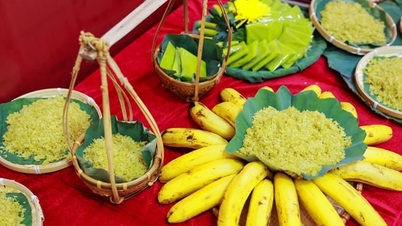















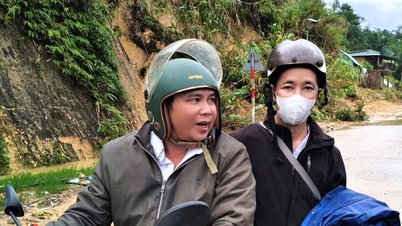

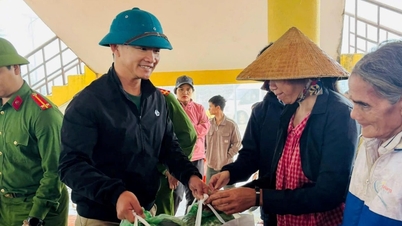

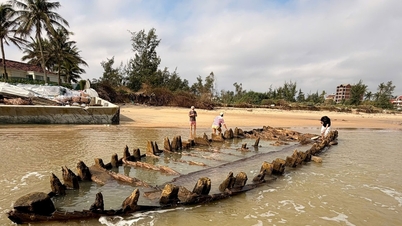

![[Photo] "Ship graveyard" on Xuan Dai Bay](https://vphoto.vietnam.vn/thumb/1200x675/vietnam/resource/IMAGE/2025/11/08/1762577162805_ndo_br_tb5-jpg.webp)



![[Video] Hue Monuments reopen to welcome visitors](https://vphoto.vietnam.vn/thumb/402x226/vietnam/resource/IMAGE/2025/11/05/1762301089171_dung01-05-43-09still013-jpg.webp)



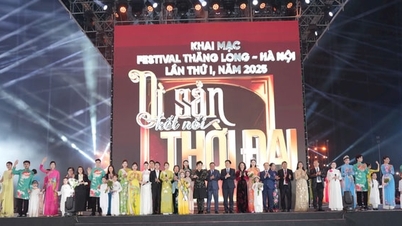




























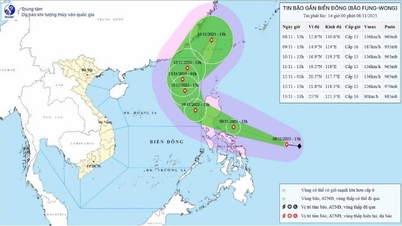
















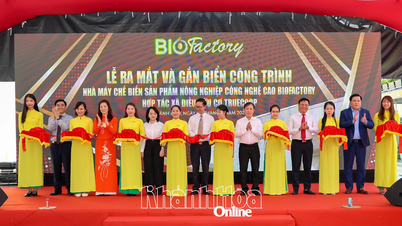

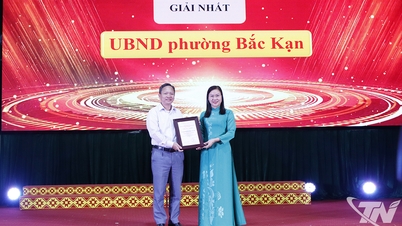



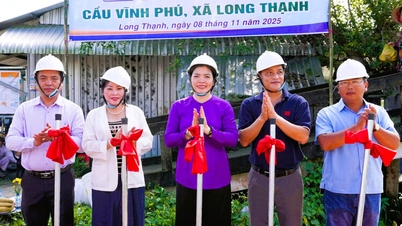















Comment (0)